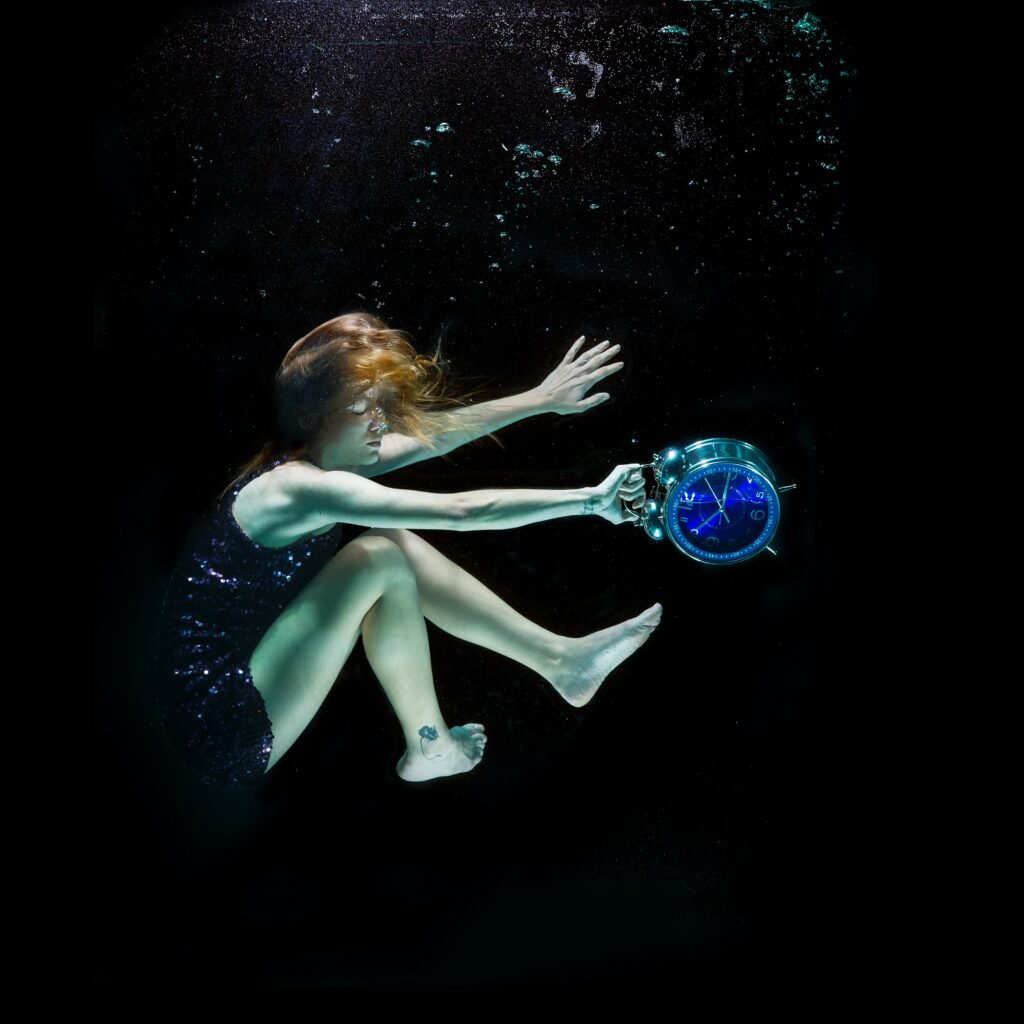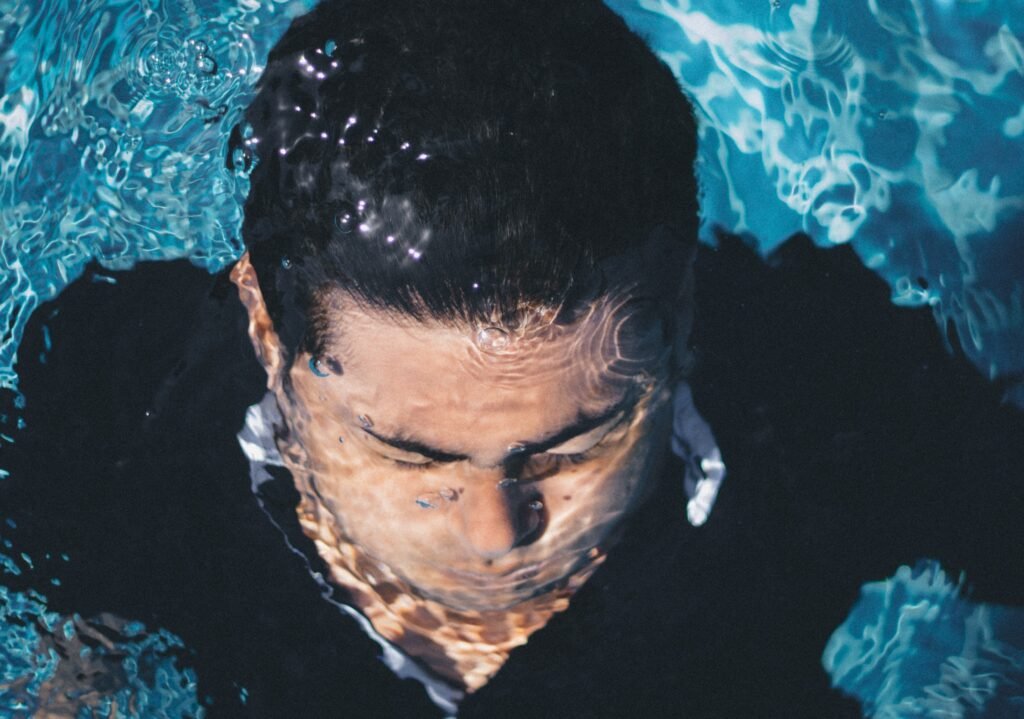
How Long Can You Hold Your Breath?
Give it a shot.
We’ll wait.
According to the National Library of Medicine, the average human can hold their breath for 30 to 90 seconds.
In the realm of survival skills, the ubiquitous maxim is the Rule of Threes. One can survive three weeks without food, three days without water, and only three minutes without air. Of course, these figures are inexact, but they form an approximate guide.
Three minutes without air to breathe. Yet, the world record for going without new oxygen currently sits at 11 minutes 54 seconds or 24 minutes 33 seconds, depending on how one defines the endeavor (more on that shortly). How can there be such a disparity between the three-minute rule and the extremity of human achievement?

A bit of the gap can be explained through the somewhat counterintuitive science of breathing.
We all know our bodies require oxygen to function. Beyond needing oxygenated air to survive, being without the element can cause serious harm. Permanent brain damage can begin to develop after as little as four minutes without oxygen. So how can someone possibly go nearly half an hour without breathing and emerge with brain functionality?
The answer lies in the song and dance between oxygen and carbon dioxide. Yes, we require oxygen to survive, but we also need to expel carbon dioxide. The gas results from respiration and, to us, is a waste product. When one holds one’s breath, the desire to breathe again does not come as much from a lack of oxygen as it does from a desire to rid the body of carbon dioxide.
In fact, the amount of oxygen a human’s lungs pull from the air is probably much lower than one might expect. Our atmosphere is only 21% oxygen. By the time you exhale, most of that oxygen is still in the out-breath. Exhaled air contains 16% oxygen. When one feels a burning lung, the need for fresh air, we actually feel the need to boot carbon dioxide. You can approximate this phenomenon by breathing normally, opening a bottle of soda, and breathing the gases within.

So, our bodies require less oxygen than we might colloquially expect. If we could somehow juice our bodies with oxygen, place ourselves in the proper conditions, and train like elite athletes, the three-minute window can expand.
And that’s exactly what some crazy people have done.
Competitively holding one’s breath for as long as possible is known as static apnea. This action takes place underwater, partially because it allows officials to know breaths have not been taken and partly because it is beneficial for the enterprise.
We, and all air-breathing vertebrates, possess a diving reflex or diving response, sometimes called the mammalian diving reflex. When immersed in water, our bodies automatically override some reflexes and optimize respiration. The body doles oxygen to the brain and heart, reducing the flow to the other organs. Our heart rates slow, which allows the body to require less energy to operate. In cold water, this effect is especially strong. Normal humans can see a 10 to 30% reduction in pulse rate thanks to the diving reflex. In a trained diver, the effect can be up to 50%! The response can add crucial time to a human’s ability to survive before drowning.

Budimir Šobat currently holds the world record for oxygen-aided static apnea at 24:33. The key there is “oxygen-aided.” This discipline allows a competitor to breathe pure oxygen for up to 30 minutes before an attempt. In fact, they hyperventilate on pure oxygen in an attempt to push as much O₂ into the bloodstream.
This additive is the key to the ability to last over 20 minutes without air while avoiding brain damage.
Further, just like other physical systems, athletes can train their lungs to great capacities. Coupled with heightened control over their pulse, breathing reflexes, and blood supersaturated with oxygen, humans can destroy the three-minute no-air rule.
In the following video, you can watch Šobat set the record in 2021. You can see him continuing to take pure oxygen until his attempt begins:
In 2008, magician David Blaine broke the world record of the time on live television.
He presented a TED Talk in 2010 on the methods and preparation that went into his achievement. The physical toll on his body appears extreme. Despite the added oxygen to these attempts, the potential long-term dangers to the brain seem likely. Many practitioners of static apnea claim they have not suffered brain damage. A few studies of the brains of freedivers – those who dive without the use of oxygen – have indicated a few brain abnormalities that could be markers for damage. However, no long-duration study on the brains of humans who hold their breath for long periods exists, since the pastime is a relatively recent phenomenon.
The product of oxygenating one’s blood before holding one’s breath can be easily viewed by the differences in the two world records.
Branko Petrović established the best historical mark for normal static apnea in 2014 at 11 minutes 54 seconds. The oxygen-aided record more than doubles that already outrageous time.
Which record is more insane? The longer one that utilizes sports science to the maximum or the non-enhanced record that quadruples the rule of thumb for lack of oxygen?
My guess is the non-oxygenated version does more brain damage, so that one is simultaneously more impressive and more ridiculous.
Though the official record is 11:54, this video from 2018 shows Petrović breaking the 12-minute barrier! Watch to the end; his reaction after surfacing is incredible. Will we reach an upper bound in either discipline?
I’ll stick to the 30-to-90-second range.
Further Reading and Exploration
International Association for the Development of Apnea – Static Apnea Governing Body
How Long Can Humans Hold Their Breath? – Outside Magazine
What’s the Longest You Can Hold Your Breath? – Smithsonian Magazine












